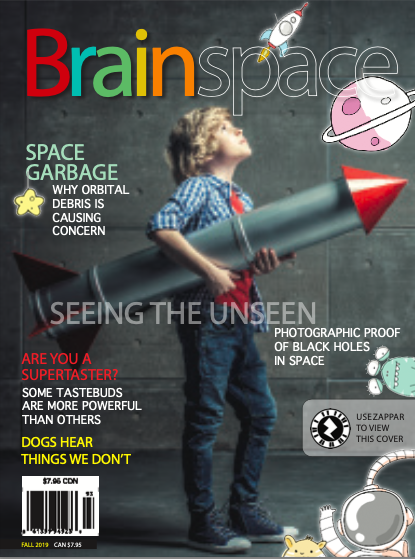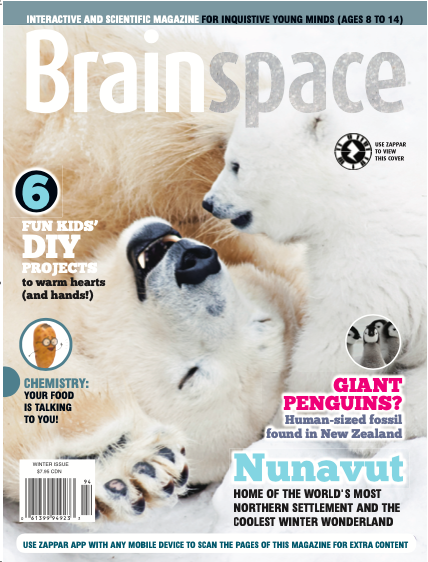
Magazine for Kids with Augmented Reality Supports Children’s Literacy.
Nearly five years ago, I launched a magazine for kids with augmented reality. “You’re crazy,” “It’s too expensive,” “Are you sure?” In a struggling print industry, most publishers were gearing down, not up. But I was 100% determined to support children’s literacy by creating a print and tech magazine kids would enjoy. It would bridge the gap between tech and tradition.
The Importance of Fresh Tools in Schools
As a classroom teacher, I saw firsthand how the of majority kids were losing interest in paper books. I’d send readers, they’d come back, and it was obvious that they hadn’t read the book based on the answers I’d get to the questions I asked. Or were they? Was I missing clues that some of the students didn’t understand context? Or maybe I was the one who was asking the questions incorrectly?
There are so many factors that can affect a child’s literacy. It often kept me up at 3 a.m. Drilling down to the cause of little “Max’s” inability to get beyond Level 4 readers, or why “Sasha” couldn’t answer a 2-part question were riddles that desperately needed solving if these students were going to thrive. Often, parents were (legitimately) too busy to consistently support the effort. Tack on extracurriculars, screen time and the ever-growing attraction to tech devices and books are fighting a losing battle.
Augmented Reality for Children’s Literacy: the next big thing?
And then on a December day in 2013, I watched a TED Talk describing augmented reality. It was the tech that made the newspaper come to life in the Harry Potter movie. Pictures on paper were animated and told stories. This technology called augmented reality was real. I was beyond inspired. Kids could read, watch and listen. Learning could impact on all fronts. Here was a way to incorporate new technology with much needed traditional, tangible books and magazines for tangible learning and the power of video for auditory and visual learning. I was tingling with excitement at the idea of making augmented reality a big part of children’s literacy.
I remember calling Aurasma (an augmented reality provider) in San Francisco the next morning to ask how I could make it work. At the time, it was experimental. And by August 2014, we launched the very first magazine for kids with augmented reality. I’ve never looked back.
As we continue to grow, we’ve heard kids tell us the magazine is magic, parents proudly share that their children scream with excitement when it arrives in the mail, and teachers call to ask if we can replace their “dog-eared and tattered” issues. Of course, we do.
Inspired Growth
One story, in particular, has always inspired me on those “tougher” publishing days. In gratitude, a parent tearfully shared that his autistic son repeatedly scanned the magazine, read the content and scanned again. The tech drew him in and he would spend hours reading. That measure of success is what keeps me going!
Why It Matters
According to a recent study in Sweden conducted by a group of pedagogues, augmented reality in books and magazine’s for kids is proven to improve children’s literacy and memory retention by 7% and it’s a big deal. We need more books and magazines for kids with augmented reality. We need to inspire children’s literacy.
TRY AUGMENTED REALITY YOURSELF
By scanning the covers below with the Zappar app on your mobile device you can experience what augmented reality can do and remember, we apply this technology to science demonstration/experiments to nearly 70% the inside editorial pages too.



